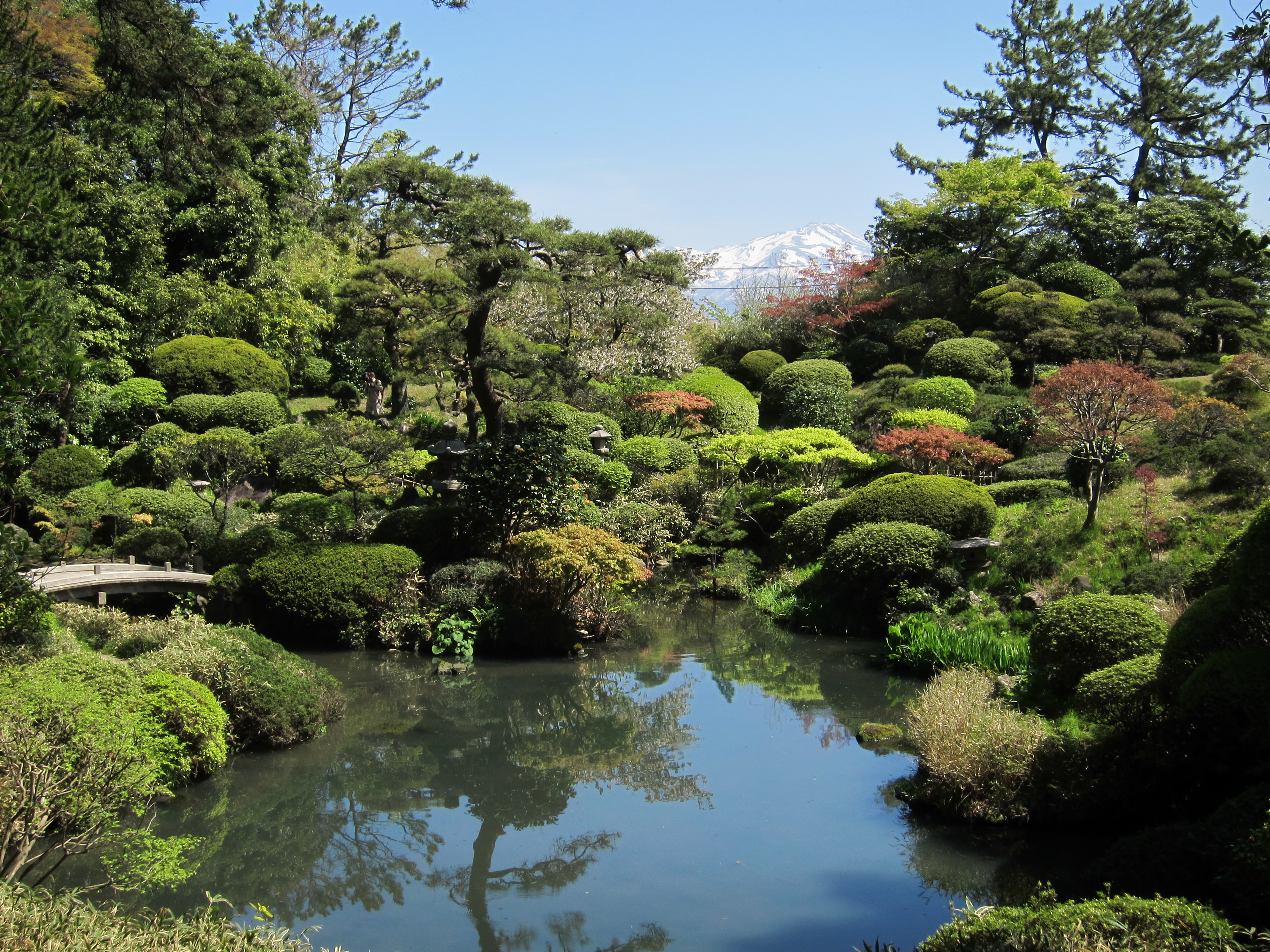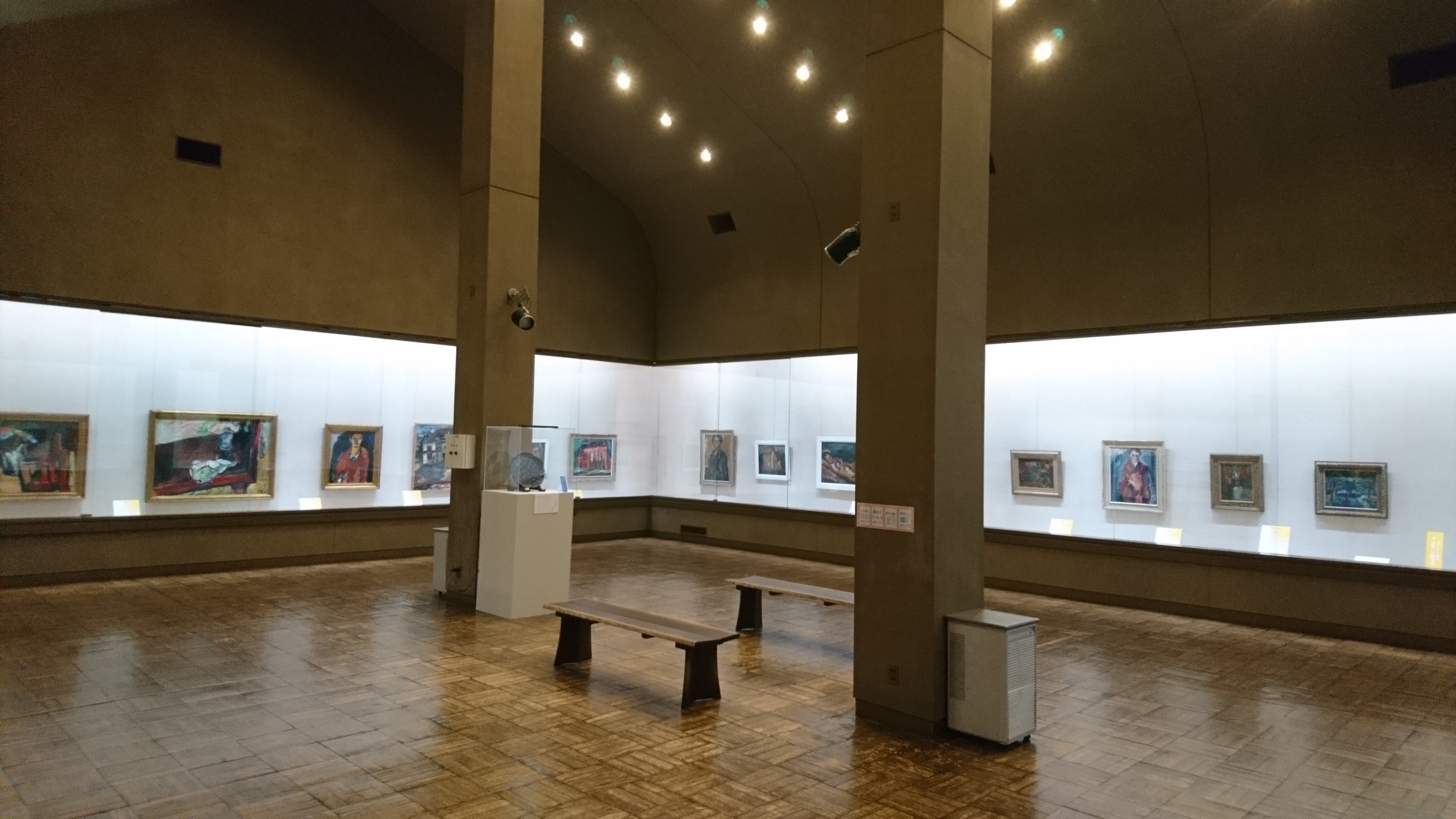Homma Museum of Art Admission E-Ticket + Seienkaku Villa & Kakubu-en Garden
Overview
Located in Sakata City, Yamagata Prefecture, the Homma Museum of Art holds a wide range of exhibitions, from antiques to contemporary art and historical materials. With this ticket, you can also enter the Homma Villa Garden (Kakubu-en), a nationally designated Place of Scenic Beauty, and the villa Seienkaku. In addition to the permanent exhibition, special exhibitions are held occasionally, and visitors can also enjoy these.
Highlights
- You can enter Homma Villa Garden (Kakubu-en), a Place of Scenic Beauty, and the Seienkaku villa
- The art museum has been open 75 years and you can enjoy impressive exhibits ranging from calligraphy to sculptures and local materials
- Special exhibitions are held here occasionally so you can enjoy various works of art!
Key Information
Description
How it works
***From reservation to entry, it's a simple 2-step process! ***
<Step 1>
After booking your ticket on Rakuten Travel Experience, an e-ticket will be sent to your registered e-mail address.
When you arrive at the facility, please visit the entrance counter and click on the "Voucher" link in the e-mail sent to you at the time of purchase.
Please click the "Use" button and show the screen to the staff.
(Please ensure that your smartphone can connect to the internet before your visit)






